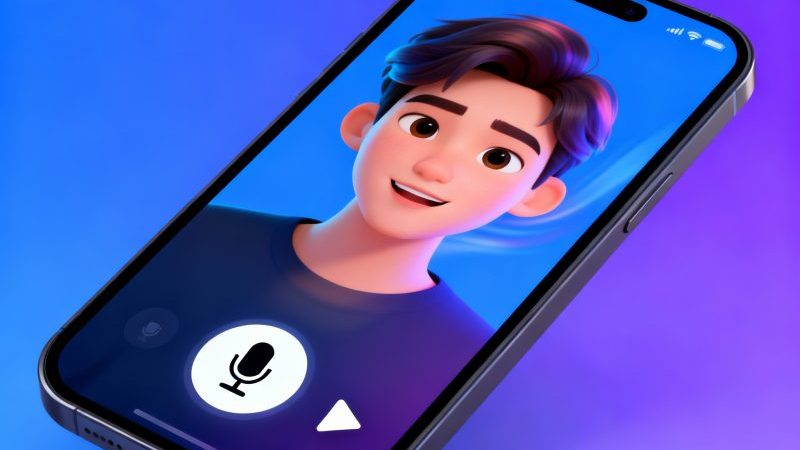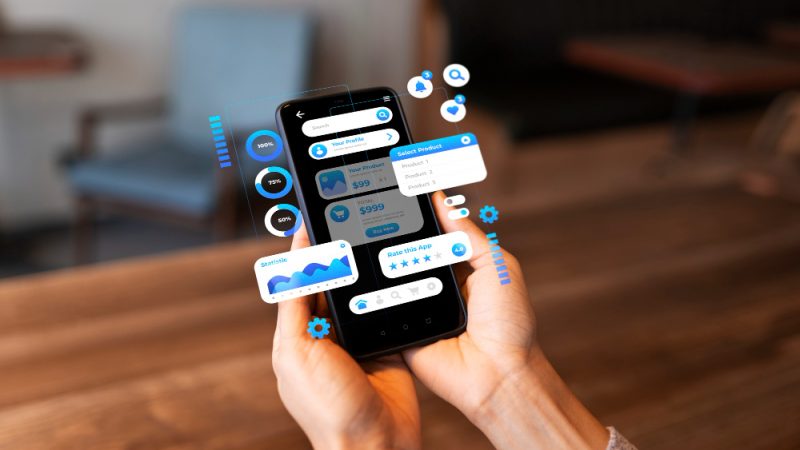Security Mistakes That Should Be Avoided While Designing a Mobile App

Over the last couple of years, mobile applications have made a lot of things easy like shopping, paying bills, booking tickets, transferring money and more. Mobile apps and mobile-based payment systems are considered as a double-edged sword for mass transit systems.
While mobile apps provide enormous opportunities for transit authorities and they may also boost the risks of hacking, recognizing theft, extortion and service disruption if not handled accurately. It is must for transit authorities to consider the full slate of risks with mobile apps before they launch these products into the market.
In the recent time, attacks on mobile devices, apps, and the back-end servers that run on this software increasingly common and it will continue to be a top target for cybercriminals. Many internet security reports have also noticed that constant increase in a mobile attacks and mobile malware since at least 2012 with most predicting this trend will worsen in the coming years as mobile technology becomes more omnipresent.
However, the risks to transfer users must be actual, not only because of the current ransomware attack on the San Francisco Transportation Agency. With the constant attacks, fraud attempts and other problems in popular mobile apps, the risk is increasing and it is obvious.
Central to this risk is the failure of mobile application design as security mistakes widespread in the mobile development space. You can also consider NowSecure’s 2016 Mobile Security Report, which found that 25% of mobile apps comprise at least one high-risk security flaw. In addition to this. Symantec’s 206 Internet Security Threat Report
Also found that 214% increase in new mobile vulnerabilities since 2013.
Here are Common Mistakes That Should Be Avoided While Designing a Mobile App:
Not Baking Security into the App’s Design
Usually, security is one such factor that takes a last seat to other considerations like usability, cost, functionality, and time-to-market when it comes to mobile app design. It is completely opposite of what should be happened.
It is popular that an ad hoc reactive security program is more expensive compared to designing secure code from the beginning within the information security community.
At the time of designing an application, you should opt for the OWASP Top 10 list of mobile application vulnerabilities so that you can ensure that every single one of these is accounted for in planning and design.
In addition to this, you can consider making use of a Security Development Lifecycle process that ensures the app’s code is secure by design and by development.
Fail to Comprehend How the App Puts Users, Devices, and Systems at Risk
One of the very first steps is to comprehend the complete risk that the transit authority and its customers can face while accessing the mobile application. However, threat modeling is one such exercise, which will help the organization to comprehend potential threats and attacks, enabling it to develop both mitigations as well as contingency measures up front.
Riders are mainly at risk of personally identifiable information, financial theft/fraud and credential theft. Talking about the transit system, it also has equal risk of attacks on the app’s back-end or cloud-based services when attackers look for steal data or disgust services.
In addition to this, attacks like denial-of-service, data theft, ransomware, and
Defacement is all different possibilities, depending on the hacker’s motivation.
Not Performing Enough Security Testing
Many a time, a lot of companies fail to commence rigorous security testing of their new mobile application that they are going to launch. But these are such tests that play important role in making their application safe and secure.
It is also important that testing must include thorough vulnerability scans and penetration test of the app by professional members. A diffusion test pretends real world attacks by criminal hackers and it is an excellent way to ensure that the app is secure enough.
Moreover, such type of testing needs a highly veteran and specialized team of testers and this is the reason why most of the companies prefer to hire outside security testing firms to test their apps.
Unwanted Features That Add Risks
To eliminate or decrease the risk of your application, you should limit the app’s features and permission requests to only those, who are necessary. For instance, a transit authority may be attracted to require access to GPS data on the user’s phone to alert them to nearby transit apps.
A feature like UIWebView, you can also choose to add some web content inside the application. However, by increasing some of the features in your application, a company is also increasing its attach chances that weakens its security. In addition to this, the more private user data, which is accessed, stored or used by the app means any following breaches could be far more damaging.
Utilizing Weak or No Encryption to Protect User Data
Often developers are making some basic mistakes with encryption that in this case could expose transit riders to PII and financial theft, account takeovers, and more.
You can avoid this drawback, but you need to ensure that the app delivers end-to-end SSL encryption of all data as it is transmitted between the phone and the back-end server/cloud. Data, which doesn’t leave the phone, must also protect; however, it is preferable with encryption that is built directly into the device platform itself.
So, these are some of the common mistakes that should be avoided while designing a mobile application. These are the mistakes that can unsafe your app and increase risk, so avoid these mistakes and make your app successful.
If you want to develop a high-end mobile application that is completely safe and secure in every manner, ensure that you get in touch with an experienced mobile app development company like Technology Rivers that has handled mobile apps development projects successfully along with its proficient mobile developers’ team.






